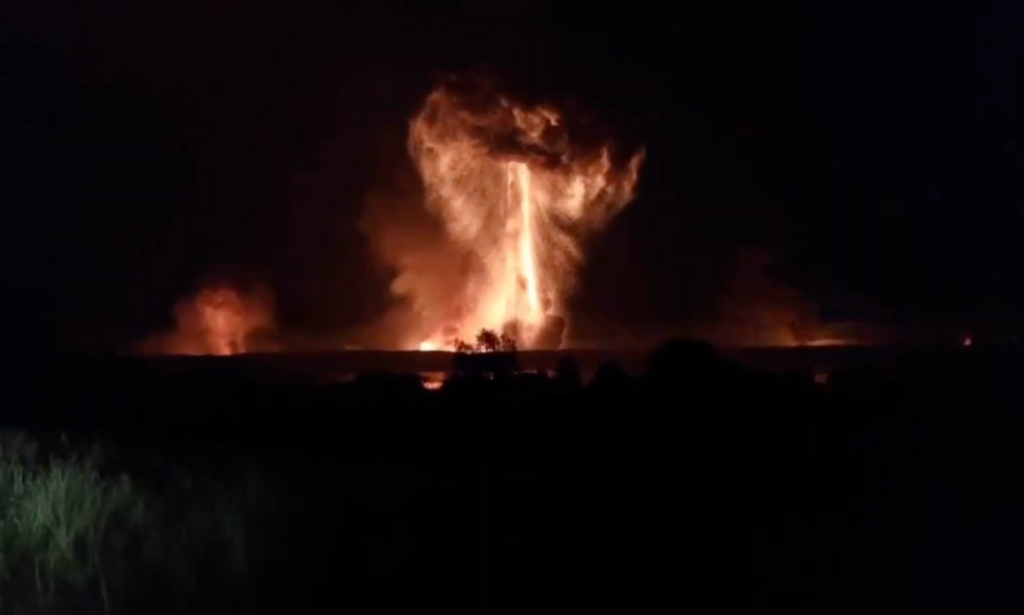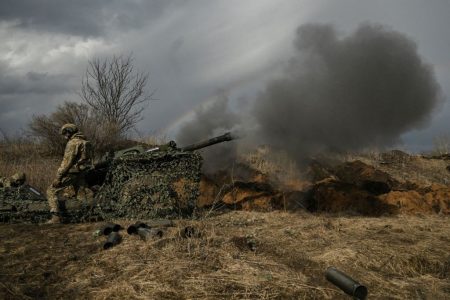In 2024, the Ukrainian military made significant advancements in the use of long-range drones to target key Russian military and oil facilities deep inside Russia. Using drone swarm technology, Ukraine managed to produce thousands of drones within a year, launching them in waves to overwhelm Russian air defenses. These attacks targeted oil refineries, arms depots, weapon production plants, and military airfields, slowing down the Russian advance, hindering logistics, and pushing arms depots further east. The attacks also exposed vulnerabilities in Russia’s air defense systems, which struggled to detect and counter drone threats effectively.
Ukraine’s long-range drones proved to be a cost-effective and efficient way to target critical Russian infrastructure. By striking targets up to 2,000 kilometers deep inside Russia, Ukrainian drones caused significant damage to oil refineries and military facilities, disrupting Russia’s war efforts. The attacks also forced Russia to relocate its aircraft further away from the Ukrainian border, impacting strategic planning and the effectiveness of future air strikes. While Russia is attempting to upgrade its radar technology to counter drone threats, this process may take years, leaving its military vulnerable in the meantime.
One of the main targets for Ukrainian drones were Russian arms depots storing weapons used on the frontlines. These attacks led to massive explosions and destruction, wiping out significant quantities of ammunition and missiles. Even minor damage to these depots could disrupt Russia’s logistics operations and slow down troop advancement, affecting the overall firepower against Ukrainian forces. The attacks on arms depots highlighted the effectiveness of drones in targeting critical military infrastructure and weakening the enemy’s capabilities.
The Ukrainian drone strikes also had a major impact on the Russian oil industry, a key source of revenue for Moscow. Attacks on oil refineries caused disruptions in production, leading to a sharp rise in fuel prices in Russia. Several refineries had to suspend operations due to damage caused by Ukrainian drones, affecting the country’s energy exports and financial stability. Despite efforts to invest in alternative methods such as the “shadow fleet,” Russia has struggled to mitigate the impact of these drone attacks on its oil industry.
Looking ahead, Ukraine plans to ramp up drone and missile production to maintain its offensive capabilities against Russia. By investing in the defense industry and increasing domestic production, Ukraine aims to become a key global player in arms and defense technology. However, the Ukrainian army still faces the ongoing threat of the Russian advance on the front line, as it lacks sufficient missiles and drones to counter Russia’s push north, east, and south. The use of long-range drones has proven to be a game-changer for Ukraine in its conflict with Russia, showcasing the importance of modern technology and innovation in modern warfare.















